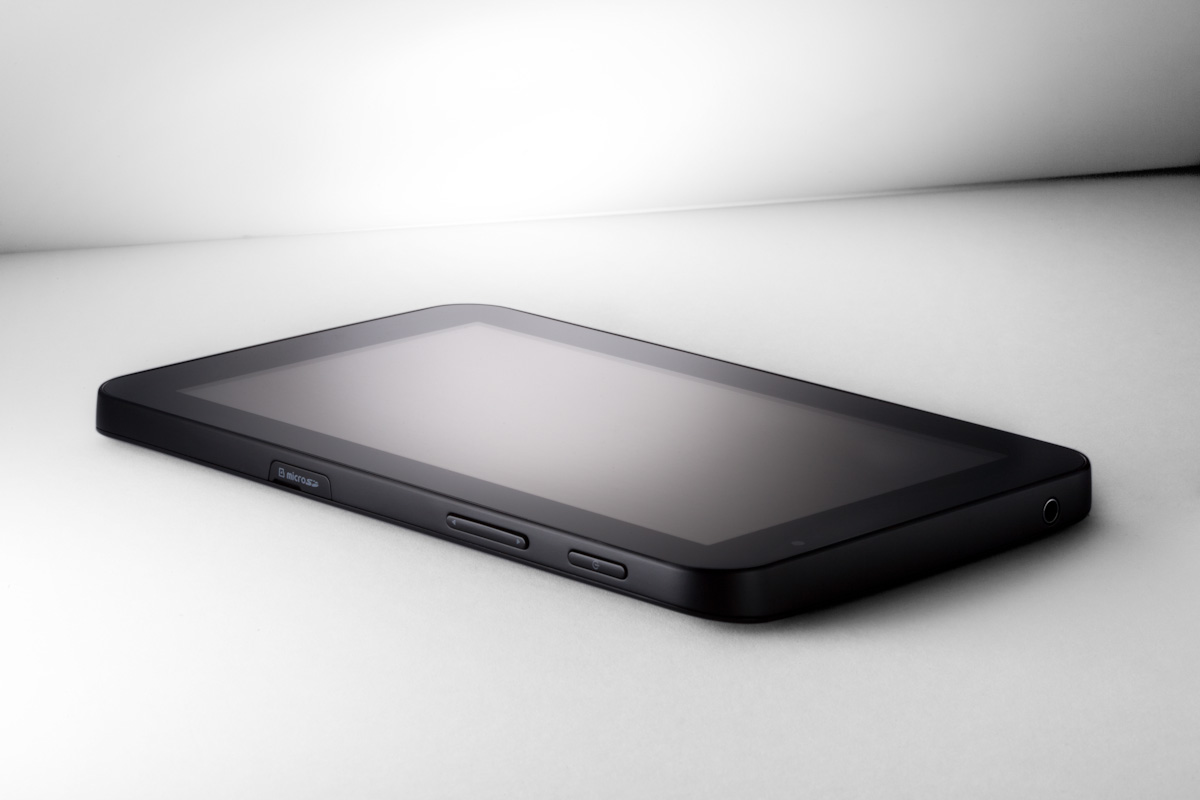So I'm coming to realize that, when it comes to compositing, the problem is not necessarily the light, or the knockout, each of which can be done skillfully and well. But it's the composition, and some as-yet-undefined variables of place and time, that matter. And that matters with flames on white, because I don't plan on shooting flames on white backgrounds forever. I'm getting toward shooting flames on normally exposed backgrounds. I'm just not sure what those backgrounds will be. Hotel rooms? Parking garages? People standing around? Until all that gets sorted out, I am after sharp, frozen flames, deep, rich colors, and a white background. It's pretty easy to get the first two against black. It's a different story getting them against white.
The thing is, to get the deep rich colors, I need a gasoline fire, which moves quite fast. To freeze it, I need a a very fast shutter speed (I like 1/8000). To keep it sharp, I need a low ISO, and hopefully, a tight aperture for long depth-of-field. So let's say 1/8000 at f11, ISO 100. All fine against black. But to get an appropriately sized background white at that exposure, I need a lot of light. According to this wikipedia entry on EV, frontlit daylight is EV 16, 1/8000 at f2.8, ISO 100, and I need four stops over that to get to f11, I think about 100,000 watts. Ok, strobe. But oh, the camera won't sync with the strobe above 1/250. Hm.
So, daylight maybe. Per Hunter Freeman's suggestion.




















